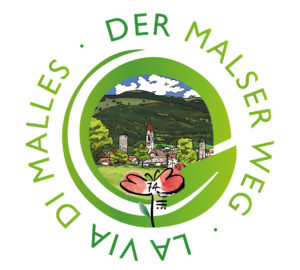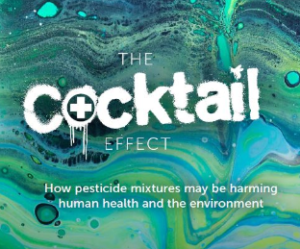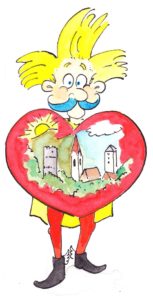Associated risk factors – Recent publication:
Pesticide contamination and associated risk factors at public playgrounds near intensively managed apple and wine orchards.
Environmental Sciences Europe, 2019
www.enveurope.springeropen.com
Associated risk factors – Recent publication:
Pesticide contamination and associated risk factors at public playgrounds near intensively managed apple and wine orchards.
Environmental Sciences Europe, 2019
www.enveurope.springeropen.com
Honeybees are insects with an essential function as pollinators for mostly of the agricultural and natural species, allowing so the vast majority of worldwide food production. Beyond this role, honeybees are used as excellent bioindicator of the environmental quality. The ability of honeybees to undertake the role of ecological detector is due to unique morphological and ethological characteristics of this insect.
The European Union spends $65 billion a year subsidizing agriculture. But a chunk of that money emboldens strongmen, enriches politicians and finances corrupt dealing.
 A short outline, from the beginnings until October 2019
A short outline, from the beginnings until October 2019
Johannes Fragner-Unterpertinger / Hans Perting
Spokesperson and chairman of the social movement
Europe must act on intensive farming to save wildlife, scientists say
EU’s agriculture policy needs urgent reform, organisations tell incoming commission president.
The EU’s common agricultural policy (CAP) should be overhauled urgently to stop the intensification of farming practices that is leading to a steep decline in wildlife, scientists from across the bloc have urged.
www.theguardian.com/intensive-farming

© pan-uk.org
UK citizens and the natural environment are being exposed to potentially harmful mixtures of pesticides. These mixtures appear in our food, water and soil and can affect the health of both humans and wildlife. There is a growing body of evidence that pesticides can become more harmful when combined, a phenomenon known as the ‘cocktail effect’.
www.pan-uk.org/the-cocktail-effect
 A tale to be continued…
A tale to be continued…
The_Malser_Jo.pdf
Un conte de fées avec des conséquences
Le_Malser_Jo.pdf
The Malser Jo in german language
© Hans Perting & Buchwerkstatt, Mals 2019
Botanical Origin of Pesticide Residues in Pollen Loads Collected by Honeybees During and After Apple Bloom
Faculty of Science and Technology, Free University of Bozen-Bolzano, Bolzano, Italy, 2 Laboratorio Biologico, Agenzia
Provinciale per l’Ambiente e la Tutela del Clima, Bolzano, Italy, 3 Laboratorio Analisi Alimenti, Agenzia Provinciale per l’Ambiente e la Tutela del Clima, Bolzano, Italy
© 2024 THE WAY OF MALS
Theme by Anders Noren — Up ↑